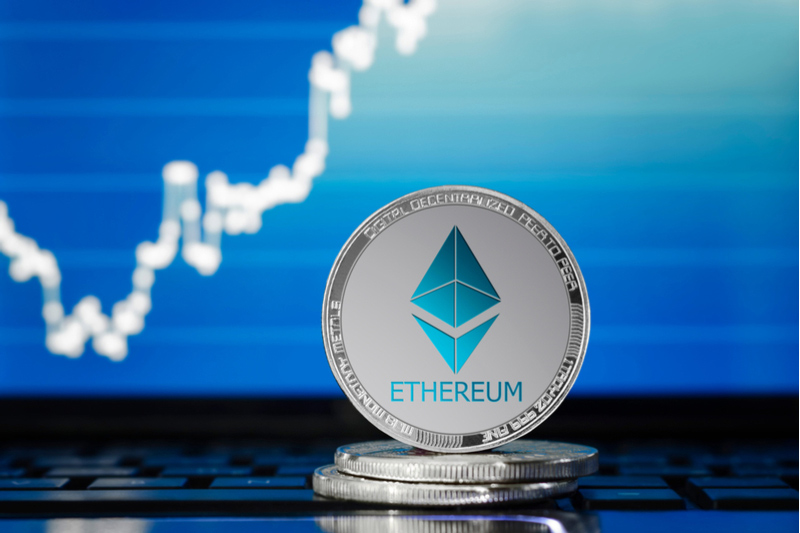Ethereum’s Layer 2 Networks: A Crucial Growth Opportunity
Ethereum’s Layer 2 Networks: The Potential Catalyst for a New Bull Run
With transactions increasingly moving to Layer 2 (L2) networks, the ecosystem is gearing up for a potential new bull run. Platforms like Arbitrum and Optimism are expected to play a leading role in this surge. Transaction volumes have skyrocketed by 90 times since 2021, signaling that the next wave of decentralized finance (DeFi), non-fungible tokens (NFTs), and meme coins is likely to be driven by these scalable networks.
The Challenges Faced by Ethereum’s Main Network Layer
Ethereum’s main network layer has struggled to scale to meet the demands of its growing user base and application field. High gas fees and network congestion have underscored the limitations of the current infrastructure, making the need for efficient L2 solutions more urgent than ever. L2 networks offer faster transactions and lower fees, presenting an attractive alternative for developers.
Ethereum’s Transition to L2 Networks: A Long-Term Shift
The shift toward L2 networks is not merely a temporary fix but is becoming integral to Ethereum’s future. It is anticipated that the initial signs of a rally within the Ethereum ecosystem will emerge on these scalable platforms, serving as the breeding ground for innovation and the go-to space for new projects in DeFi, NFTs, and beyond.
Vitalik Buterin’s Roadmap for Ethereum: Embracing L2 Networks
Vitalik Buterin’s road map for Ethereum emphasizes the transition to L2 networks. Key updates include the implementation of single slot finality (SSF) in post-Merge proof of stake (PoS) improvements, aimed at enhancing the network’s efficiency and security. Buterin has also highlighted the importance of cross-rollup standards and interoperability for seamless communication and transaction execution across different L2 solutions, furthering the composability of the ecosystem.
Continuous Improvement and Future Developments
Further developments such as the redesign of The Scourge, the nearing readiness of Verkle trees for inclusion, and the shrinking of “state expiry” to reflect broader consensus demonstrate a commitment to continuous improvement. Additions like deep cryptography, including obfuscation and delay-encrypted mempools, suggest a forward-looking approach to security and privacy within the network.
This article was originally published on U.Today



